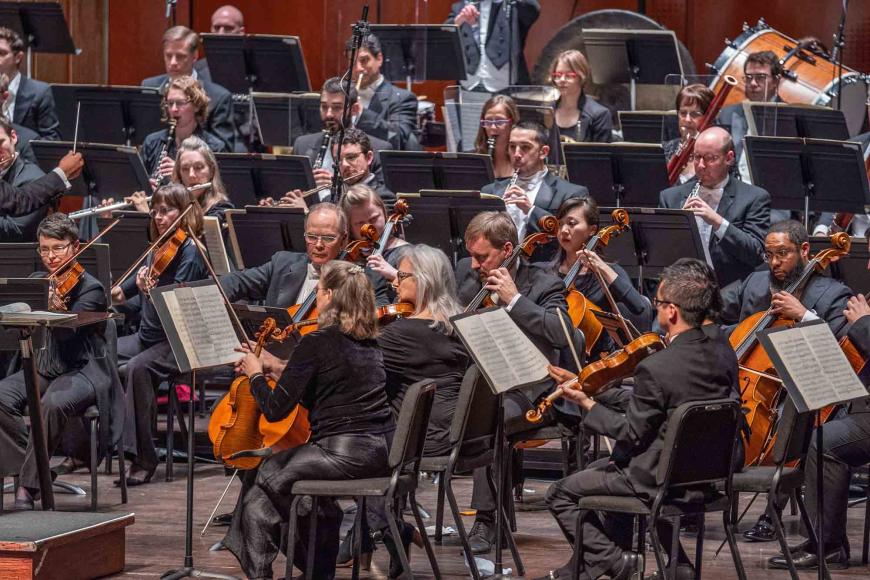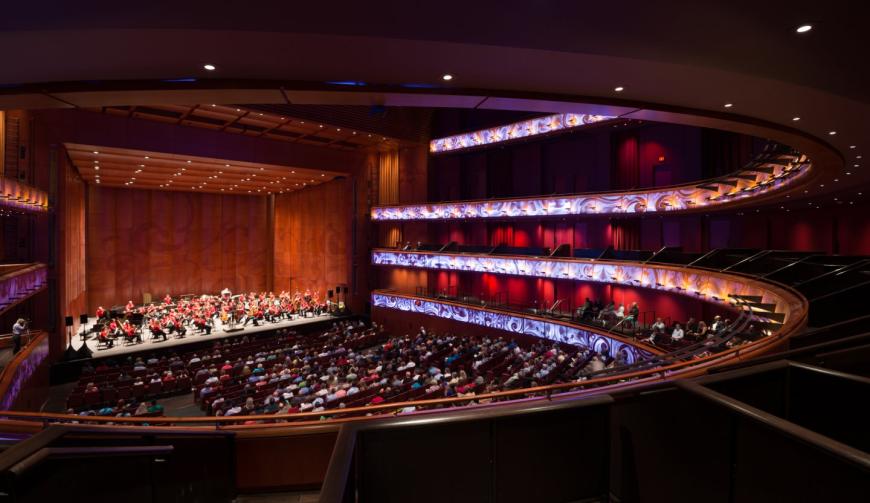
When the Symphony Society of San Antonio announced the dissolution of the San Antonio Symphony on June 16, that made the city with a population of 1.5 million (nearly double that of San Francisco, which has three large professional orchestras) the largest American city without a major orchestra.
Wikipedia speaks of the orchestra in the past tense. The board said the musicians’ demands to preserve jobs and pay would require “agreeing to a budget that is millions of dollars in excess of what the Symphony can afford.”
Sebastian Lang-Lessing, the orchestra’s last music director (2010–2020), said:
“The board of the San Antonio Symphony Society shows no respect for heritage, culture, and legacy. Max Reiter founded the orchestra in 1939 and developed it during the years of World War II [in]to [the] first full-time professional orchestra in Texas and a major player nationally — a Jewish immigrant fleeing the Nazis.
“Dissolving this out of sheer arrogance and not being able to admit their own failure is destroying the history of San Antonio and the legacy of the founding families.”

The Symphony Society’s declaration of Chapter 7 bankruptcy came after a monthslong dispute between the organization and the musicians. The board stated repeatedly that the Symphony must be reduced from the full-sized, full-time, fully professional orchestra that San Antonio has enjoyed for 83 years to a part-time, downsized orchestra of the type found in much smaller cities.
The musicians said they “refused to participate in our own destruction, our board and management elected to burn the house down rather than move from their irrational position.”
They also point out the city’s prosperity belies claims of poverty: “The past 30-plus years have been an unbroken trend of the San Antonio metropolitan area becoming larger and larger, and the Symphony budget becoming smaller and smaller. Given our population growth and the number of corporations either headquartered or doing significant business in San Antonio, the idea that San Antonio cannot support an orchestra even at the level of Omaha, Nebraska, is ludicrous.”
In a statement on the San Antonio Symphony’s website, the board said: “We want to thank the hundreds of talented musicians and administrative staff who have served our organization since its founding. Without your tireless dedication, we would not have had an organization to deliver great symphonic music for these past 80 years.”
And: “The last bargaining session between the Symphony Society and the Musicians’ Union took place on March 8, 2022, after which the Union declined to return to the bargaining table, despite efforts of federal mediators and the Symphony.”
Mary Ellen Goree, the orchestra’s principal second violin, wrote on her Facebook page that “there is a labor contract in place, ratified by both the musicians and the board in the summer of 2019, expiring on Aug. 31, 2022. Our board and management have done everything in their power to disregard this ratified labor contract, including prematurely declaring impasse last September and imposing draconian terms which they knew the musicians could not agree to.”

The Society’s last offer, in September 2021, called for reducing the size of the orchestra by 40 percent and cutting the pay of most of the remaining musicians from $35,770 to $17,710 a year, with no benefits.
According the city of San Antonio’s website, in fiscal year 2020, the city supported 13,394 employees, issuing payments equaling $842 million in total wages and $1.2 billion in total compensation across the city’s departments and funds. Total wages include such items as base salary, certification pay, overtime, leave pay, education pay, tuition reimbursement, student loan repayment, and allowances. Total compensation includes additional benefits for employees which are contributed by the city, such as pension matching, current employee and retiree healthcare, and wellness contributions.
Of the board’s action last week, Lang-Lessing said: “To file bankruptcy in a situation where you haven’t been paying musicians for over 2 years nor [have you] presented the orchestra in its full force for 26 months is unprecedented. There was almost no artistic cost in a budget that was highly subsidized by the taxpayer [money from the Paycheck Protection Program] in order to maintain jobs during the pandemic. Lack of funding is not the reason for this, but lack of vision to restart performing after the pandemic-related restrictions.”
“When you have a major American city which is not able to support an orchestra, it loses history and tremendous inspiration which has been brought to the community,” The New York Times quoted Simon Woods, president and chief executive officer of the League of American Orchestras, as saying. “It’s just incredibly sad.”

